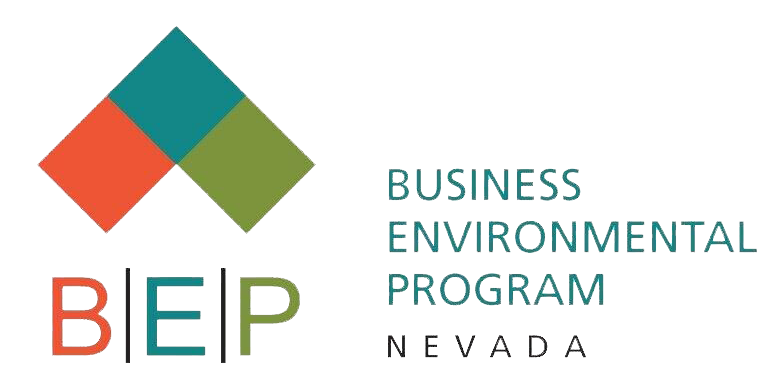Amendments to regulations proposed
If your business activities include paint stripping and you use methylene chloride, one US EPA regulation that is of likely concern to you is the National Emission Standards for Hazardous Air Pollutants (NESHAP) for Paint Stripping and Miscellaneous Surface Coating Operations at Area Sources, or the 6H regulation. This NESHAP regulates emission standards for facilities that engage in paint stripping using methylene chloride such as auto body shops, paint and coating manufacturers, signs and advertising specialties, chemical manufacturing and product preparation, and others. If this describes your facility, following a technology review conducted under the Clean Air Act, the US EPA has come to the decision that there are no additional cost-effective developments that would further reduce emissions of air toxics. As a result, the agency is not proposing any amendments to the existing emission standards. This means that facilities affected by this NESHAP will not have to make any changes to reduce their emissions. The current regulation mandates that all sources engaged in paint stripping using methylene chloride implement best management practices that reduce emissions by minimizing evaporation loss. In addition, facilities that use more than one ton of methylene chloride must develop and implement a minimization plan. For surface coating operations, the current regulation states that all surface coating operations that spray apply coatings must use a high volume, low pressure spray gun, electrostatic spray gun, or an airless spray gun. The coatings must be applied in a prep station or spray booth with four complete sides and a complete roof. Additionally, all painters must have completed operator training and no spray gun cleaning can be performed by spraying solvent through the gun.For additional information, links to the proposed rule and a fact sheet are provided.
